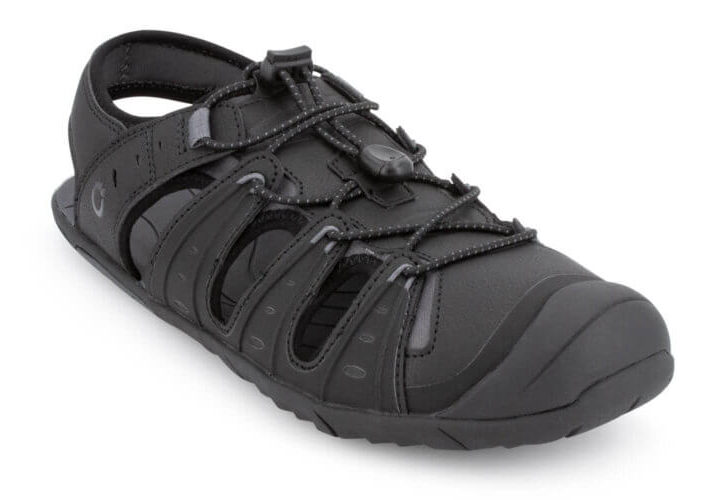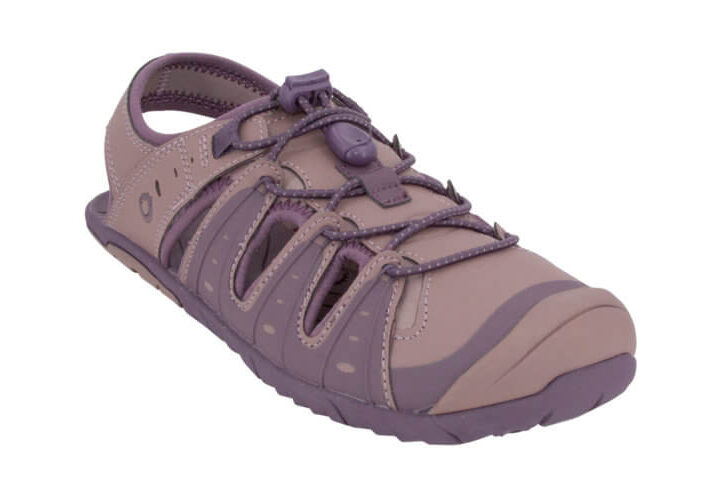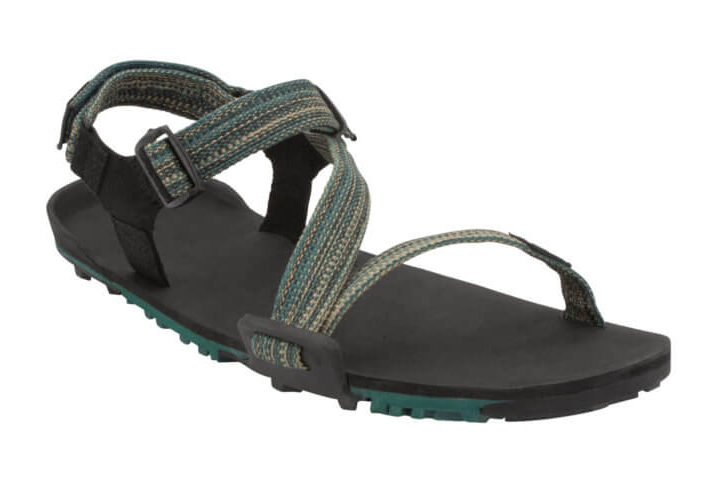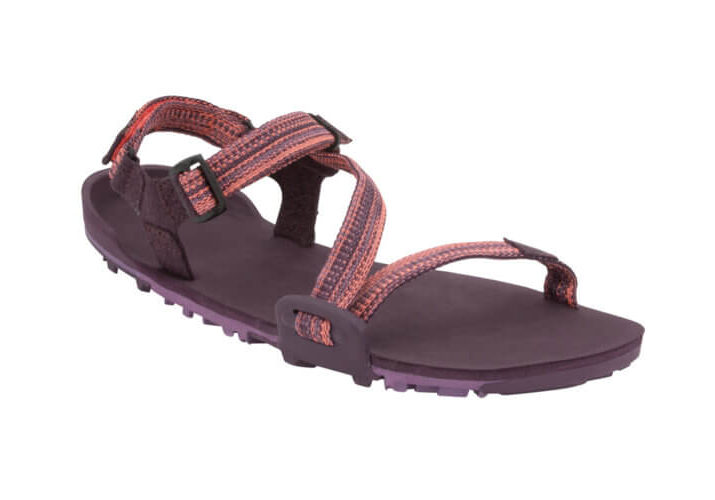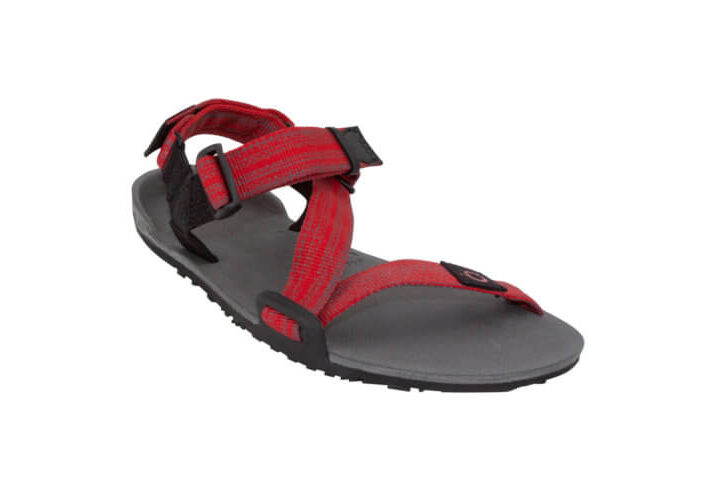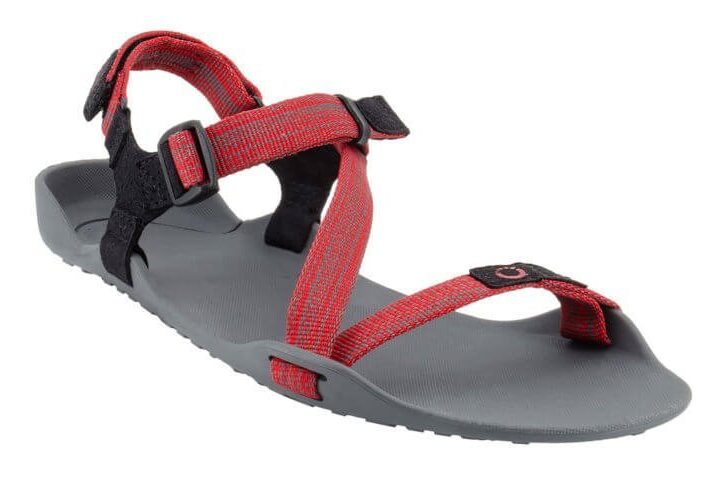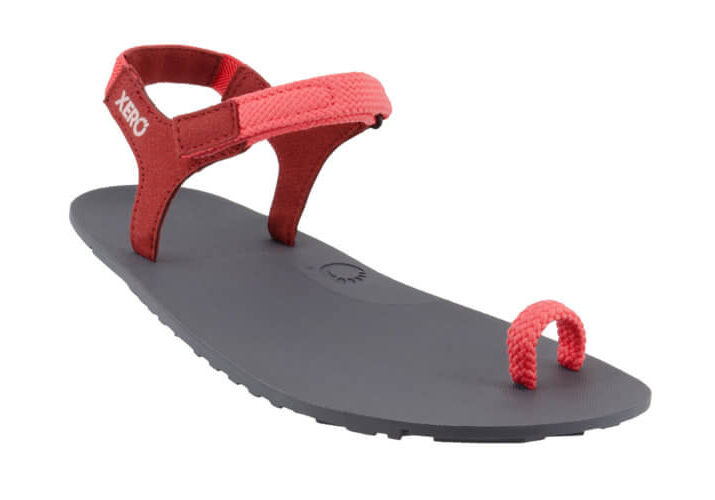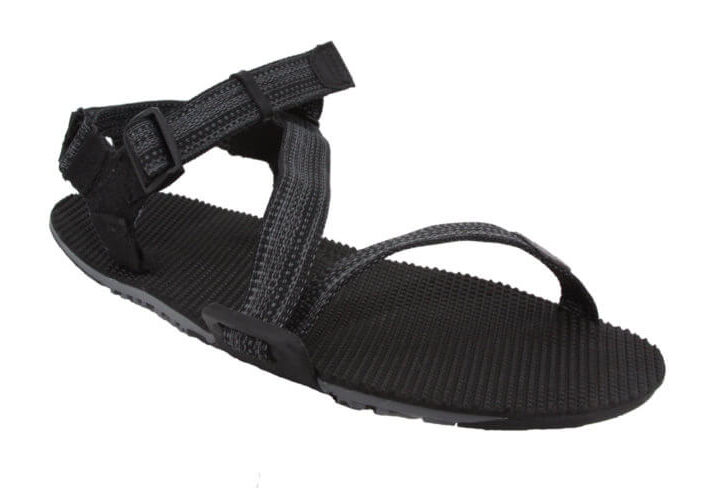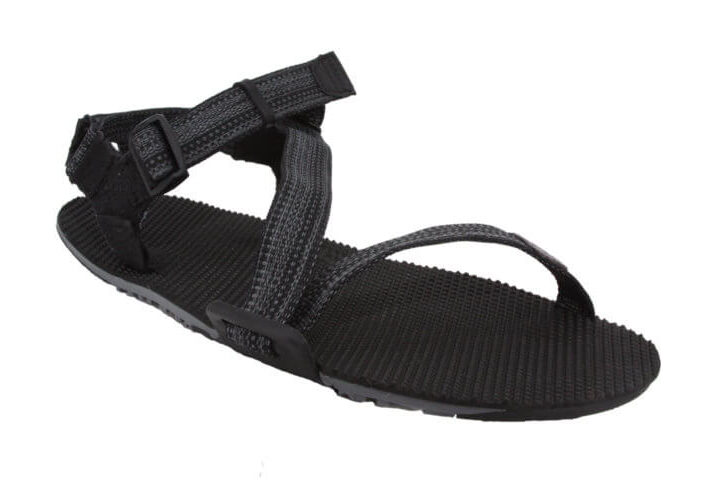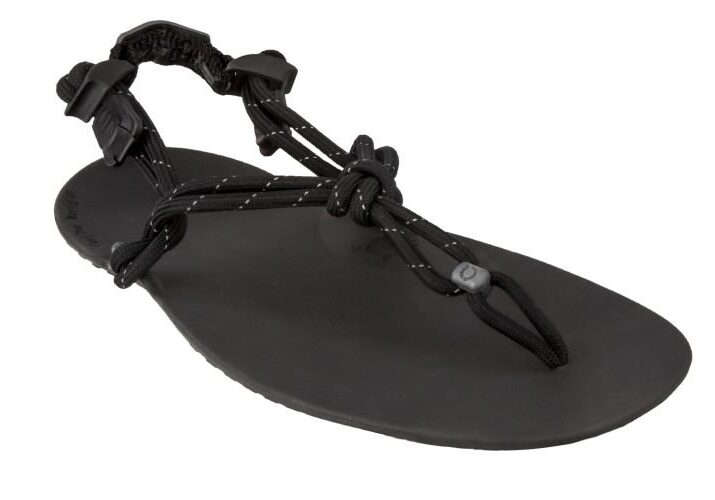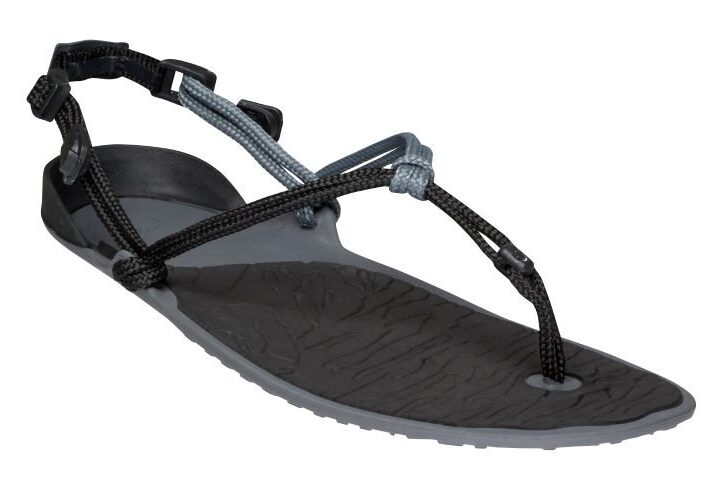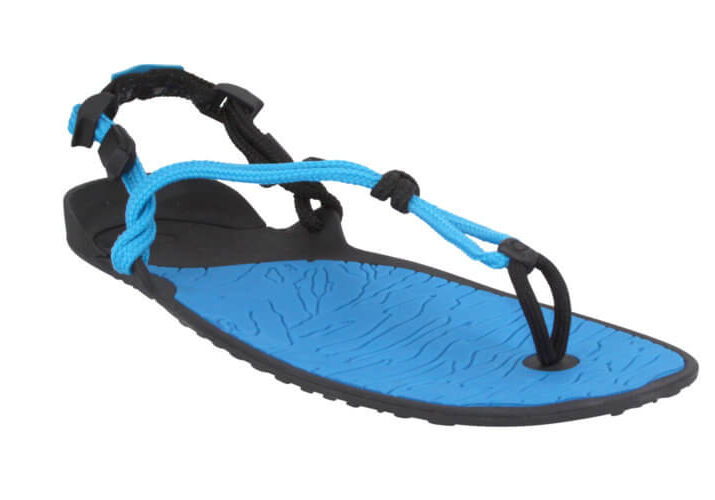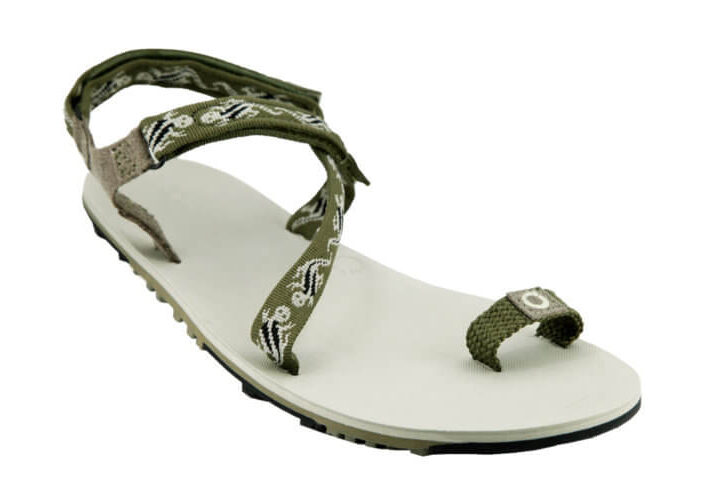
Comfortable Barefoot Minimalist Sandals for the whole family
Barefoot sandals have been used throughout human history for daily wear and for about every outdoor activity. Most make the common mistake of thinking all sandals are barefoot sandals. You will need to find a true minimalist sandal that allows the foot to flex and bend the way you would if you were barefoot.
Many people look for lightweight yet protective footwear for everything from a casual hike in the woods to a competitive run in a marathon. We recommend Xero Shoes Sandals for anything from a genuine barefoot/minimalist sandal to their own "DIY" sandal-making kits for whatever your need may be.
Barefoot sandals are suitable for everyday wear for kids and adults, men and women -- not just for barefoot enthusiasts. On this page, you'll find lots of information about barefoot sandals, including what they are, what their advantages are, and how you can wear and use them.
What are barefoot sandals?
In 2009, with the release of the book Born to Run, the barefoot sandals movement started to gain serious momentum. In the book, Christopher McDougall writes about the Tarahumara Native American Tribe of Mexico and how they could run extreme distances in simple sandals.
Out of this movement, numerous barefoot sandal companies were created. These companies shared the same vision of creating a lightweight, open-toe sandal similar to the one the tribe made for running. Obviously, if you're wearing sandals, you aren't barefoot. But the idea behind the name is that there is only a thin layer between your foot and the ground, which promotes the natural movements found in running without shoes and allows your foot to actually feel the ground.
The movement has grown beyond sandals, and now manufacturers create minimalist shoes and boots as well, including hiking footwear. These combine the advantages of the minimalist concept with things like the toe protection closed-toe designs give you.


Brands We Trust
Everything you need to know about Barefoot Sandals
When Christopher McDougall spent time with the Tarahumara, one of the things that struck him about the amazing distances they would run was what they were wearing on their feet. When we think of running shoes, especially for trail running, we're used to a closed-toe shoe with plenty of arch support, excellent traction, and lots of padding. In contrast, the Tarahumara ran in thin, simple sandals (called huarache).
How could they run comfortably for such long distances with so little support? McDougall realized that our feet were made for running and were actually designed rather well for the purpose. Shoes can get in the way and prevent the toes and muscles of the foot from moving naturally. The result of natural movement is stronger feet that help the whole body to move in the way it should.
Barefoot sandals, then, are designed to conform to your foot shape and let your feet move as naturally as possible while still providing a protective layer to guard them against surfaces that could cut or injure them.
Remember being a kid and the awesome feeling of running in the grass barefoot? Barefoot sandals try to capture something of that feeling, too, by allowing your feet to feel a lot more of the surfaces on which you walk, whether you're climbing over wet rocks or hiking dusty trails. Plus, they provide natural breathability that helps avoid sweaty feet. They can even incorporate toe protection to keep your feet safe.
It can be a little confusing since these terms are not used by everyone in the same way. Here, we use them interchangeably. The reason is that barefoot sandals are not really barefoot; there is a sandal involved. But as we pointed out above, the idea with this style of shoe or sandal is to get as close to the barefoot experience as possible. In other words, they keep the shoe to a minimum.
And that's the same concept with minimalist sandals. Both are will avoid a heel-to-toe drop (where the heel is higher than the toe), will tend not to include arch support, will have a thin but comfortable footbed for maximum flexibility, and will make space for a natural foot shape. (They are great for wide feet.) They can be open-toe sandals or closed-toe models.
So barefoot sandals and minimalist sandals are usually the same thing, called by a different name by different people.
We think barefoot sandals are a great fit for most people. For one thing, the minimalist design lets your feet take their natural shape and move the way they are supposed to move. Moreover, they are great for wet climates, car camping, and for use as travel sandals -- anywhere you want footwear that's light, easy to pack, and easy to clean.
Usually, people turn to sandals for their outdoor activities in warmer weather. However, your typical flip-flop is NOT barefoot movement-friendly. If you are looking for a genuine minimalist/barefoot sandal, you need to find a thin, flexible sole of 10mm or less. The thickness of the sole will determine how close to barefoot you want to stay, but you can go with a thicker sole as long as it maintains zero drop.
You'll also want to look for adjustable straps that give the sandals a secure fit on your foot. Some sandals will adjust in just one place, and some will have several adjustments. The more options you have, the more likely you'll be to get a precise fit.
Depending upon how you plan to use them, you'll also want to keep the tread pattern in mind. If you're planning on outdoor adventures with hiking sandals, you might be encountering river crossings and uneven terrain. You'll want to make sure your hiking sandal gives you good traction in wet and dry conditions. Many sandals will include durable rubber outsoles that can provide a sure grip.
Finally, look for quality materials throughout. Many parts of a sandal get a lot of wear - including areas like the toe loop, toe strap, and heel strap. A quality pair will hold up to everything from easy hikes to everyday wear. Some manufacturers also use recycled materials to lessen the environmental impact of your purchase.
If you've read everything here so far, you've probably noticed we've mentioned hiking in sandals. Maybe you're wondering if that's really a good idea.
It's a sensible question. Traditionally, people choose hiking boots or hiking shoes for hiking because they protect the bottoms of your feet from rocks and other obstacles, provide support, and prevent stubbed toes. Hikers are used to having sandals along just to use as a camp shoe, to let their feet breathe and relax after a long day on the trail.
Many have found, however, that they love hiking sandals even more than a hiking shoe or boot. Why? They capture something of that barefoot-kid-in-the-grass feeling that lets you experience nature. They also have natural breathability and are perfect for river crossings. Finally, they are lightweight. That makes a big difference when you have to lift your feet thousands of times on a long trek.
It is important to note that the best hiking sandals include some of the features we associate with hiking boots. For one thing, even if a footbed is thin, it can provide adequate protection against stones and other things your feet encounter on the trail. Hiking sandals also often have toe protection, just like closed-toe shoes. Finally, a heel strap and adjustments give you a secure fit.
You can even find supportive hiking sandals with a comfortable footbed, much like what you would find with boots. Other hiking sandals are minimalist by design and include a thinner footbed to maximize lightness and movement while protecting the bottom of your foot.
The hiking sandal that is best for you will, of course, depend upon the kind of hiking you are doing and your individual preferences. You may want closed-toe hiking sandals or you may want an open toe; you may choose a minimalist design or something with a heavier footbed. It's also a good idea to look at gear reviews to get an idea of what other people have found and the suggestions they might have when it comes to hiking footwear.
That depends upon the sandal, of course! But they certainly can be comfortable. An excellent sandal will have a secure fit, be light and flexible, and give you just enough protection and padding to protect your foot without losing that natural feel. Some people even like to use this type of sandal as a hiking sandal and find that their feet stay comfortable all day.
Sometimes, you want the feel of a sandal but don't want cold feet. For example, with hiking sandals, you may start the morning in cool weather and end up with a lot of heat by the middle of the day. It is definitely okay to wear socks. You can even buy socks that fit each toe individually, which won't get in the way of the toe loop of your sandal. With closed-toe hiking sandals (or any other closed-toe sandals), this isn't going to be an issue, and any high-quality hiking socks would be perfect.
Brands That Make “Barefoot” Sandals:
- Xero Shoes
- Unshoes
- Earth Runner
- Luna Sandals
- Bedrock Sandals
Buying barefoot shoes has become easier than ever. Not only can you find them online, but now more and more brick and mortar stores are carrying these types of shoes.
One of our favorite companies, Xero Shoes, has stores worldwide and is adding more rapidly. So if you want to go into a store and check out Xero, you can look here
XeroShoes.com/stores for the one closest to you.
Yes. In fact, a northern Mexico tribe called the Tarahumara has proven for generations that running in minimalist sandals is possible. Their name for themselves, "Raramuri," means "runners on foot" or "those who run fast." The Tarahumaras run 100s of miles, and some extreme marathoners wear traditional huarache minimalist running sandals.
Interestingly, if you look now for "huarache sandals" you will find two very different types of sandals. One is the minimalist running sandals we're talking about here. The other is a casual or even dressy shoe with an intricate laced leather top. We don't recommend trying to run in this second kind!

